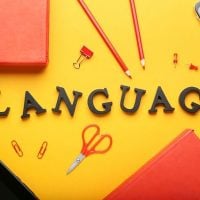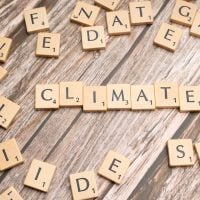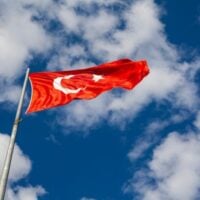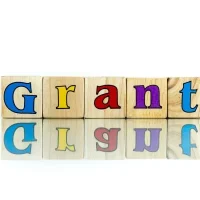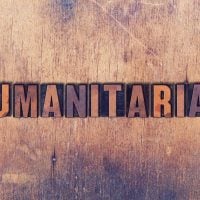Deadline: 3-Jun-22
The U.S. Agency for International Development (USAID)’s Mission in Haiti is inviting applications for the Haiti Resilient Environment South Activity.
USAID/Haiti aims to consult with the broad community of private sector actors, public institutions, development partners, non-governmental organizations, industry associations, civil society, think tanks, and academia, concerned with advancing sustainable landscape management, climate change adaptation, reforestation, watershed protection, and/or resilience in Haiti.
USAID/Haiti’s new Environment South Activity seeks to use approaches, both technical interventions and in its implementation, to protect and restore ecosystem services, including water availability, in a critical watershed over a 5-year period.
The new activity seeks to hone in on the area or areas of most critical need for restoration or conservation in Southern Haiti in terms of landscape degradation, deforestation, vulnerability of communities, and the potential for long-term results.
Questions for Response
USAID seeks responses and feedback to any or all of the following questions:
- Geographic selection:
- Where within the USAID Southern Resilience Zone(s), are the most critical areas for protecting water sources through landscape management? And why?
- What size or configuration is feasible and/or ideal for activity implementation to yield concrete results? For example, is there an ecological or administrative advantage to target a specific (or subset of) sub-watershed(s) or water source(s) rather than the entirety of the full watershed? Are there specific sites within Parc Macaya that should be targeted for specific activities?
- Environmental context and technical approach:
- What actions are most needed in this area to improve watershed management?
- Livelihoods:
- Given the relatively weak governance and complex land tenure issues in Haiti, what might a community-led forest management approach look like, particularly areas surrounding Parc Macaya?
- What is the best way to link participation in forest conservation to economic incentives specific to the Southern RFZ?
- Which “alternative livelihoods” have the potential for positive environmental impacts (i.e., reduce deforestation and increase incomes) in the southern RFZ and are most likely to be successful and sustainable?
- Coordination and Collaboration: Local government engagement is key to community buy-in and sustainability. However, lack of resources and capacity hinder implementation of plans and longterm results. In addition, given the density of donor projects and projects associated with earthquake relief and recovery in the southern RFZ, coordination and collaboration offer an opportunity for projects to be more effective and efficient.
- What is the best way to engage local governments?
- Where and how are other donors and entities working on reforestation, park management, climate change adaptation, and watershed protection in the southern RFZ and what are their lessons learned?
- Are there opportunities to fill gaps and/or work in coordination with donor funded activities, including earthquake relief and recovery and/or humanitarian assistance?
- Which local organizations and entities, including private sector and civil society organizations are working in these technical areas and do they have the capacity to expand their scope and operations?
For more information, visit https://www.grants.gov/web/grants/view-opportunity.html?oppId=340323



